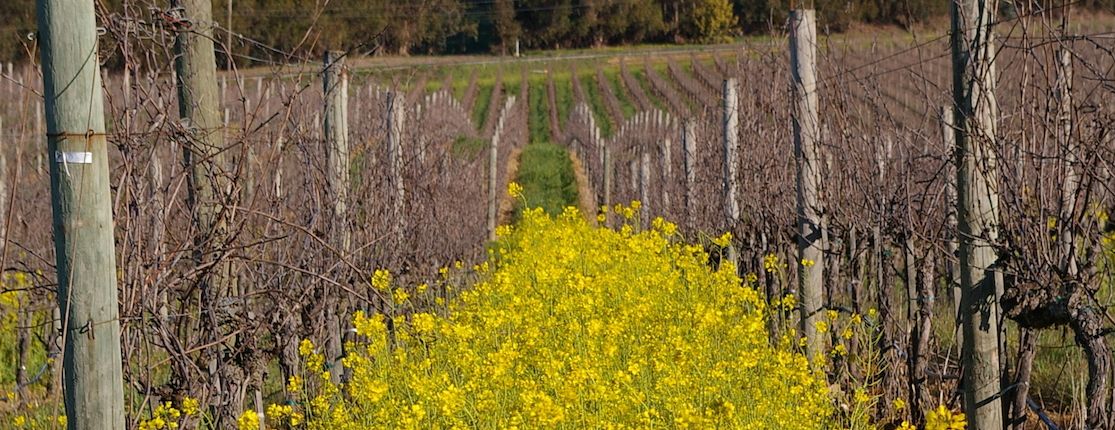USA

It is not generally appreciated that the US regularly makes more wine than any country other than France, Italy and Spain. Wine has never been more popular with Americans (the US is now by volume the most important consumer of wine in the world), and wine is now produced, even if fresh grapes are not always grown, in every state in the Union, even though the output of each state varies enormously in both quantity and style.
California, with its ideal Mediterranean climate, produces nine out of every 10 bottles of American wine. Washington and Oregon in the Pacific Northwest and Virginia and New York on the eastern seaboard also produce significant quantities of wine.
When Europeans colonised the North American continent, one of their first botanical discoveries was its rich diversity of indigenous vines. Botanists have identified nearly 20 different species of vine native to north-eastern America. At the time the early settlers hardly appreciated just how different these American vines are from the European vine species Vitis vinifera. They soon tried to make wine from native American grapes but found their flavours and textures offputtingly unfamiliar, especially those of the Vitis labrusca family, which have a powerful, almost rank aroma like a pastiche of fraises des bois, which is often called 'foxy'. As early as 1619 they were trying out imported cuttings of European vines in eastern states, and for nearly three centuries were to be mystified at how poorly these vines adapted to life on the other side of the Atlantic. (What ungrafted European vines lacked of course was the native American vines' resistance to native American vine pests and diseases such as mildew and phylloxera.)
To this day north-eastern states in general and Ontario and upper New York state in particular continue the tradition of making wine from the native Vitis labrusca species, hybrids of native American vines (sometimes called labruscanas) and hybrids of American and European vines. The most popular variety is Concord but others include Baco, Catawba, Maréchal Foch, Ravat, Seyval Blanc and Vidal. In the south-east of the United States, musky wine is still made from the slithery juice of the Scuppernong vine, which belongs to the local Vitis rotundifolia species (named after its 'rotund' leaves, much less indented than their European counterparts).
Improved communications have brought increasing internationalisation, however, and the proportion of American wine made from well-known, easy-to-sell vinifera varieties such as Cabernet Sauvignon and Chardonnay continues to increase, even in areas which were traditionally the stronghold of all-American wine made from all-American vines and hybrids particularly suited to the local conditions.
Many of the smaller, so-called 'boutique' wineries which have sprouted in new wine colonies such as Maryland, Connecticut, and yes, even Alaska, have been founded with tourist visitors and owner lifestyle considerations in mind rather than grasping an unmissable viticultural opportunity.
So varied is the terrain, the climate and the varietal heritage of the United States that few national generalisations can be made. What does apply throughout this enormous country, however, is a national suspicion of all things alcoholic (a legacy from the days of the supposedly iniquitous Wild West saloon and national Prohibition, which was repealed as recently as 1933). This manifests itself in one of the world's most complex distribution systems for any liquid containing alcohol.
Another national wine phenomenon is the AVA, or American Viticultural Area, America’s answer to the controlled appellations of Europe which concerns only the specified area's geographical, and sometimes distinctly questionable, boundaries.
The great majority of American wines are named after the grape variety from which they are principally made. A 'fighting varietal' is one which commands less than a premium price. 'Jug wines' are the American equivalent of European table wines (and are generally better made, if rather sweeter). Blush wines (rosés by another name) have been particularly popular, often called by a dark skinned grape variety prefixed by the word White (as in the hugely popular White Zinfandel).